
Executives from smaller-yet-recognizable American brands came to Florida this week for an investor gathering armed with a message for our times: “Made in China” is going out of style.
“Sometimes China is the easiest answer” for companies seeking rapid growth, Yeti Holdings Inc. Chief Executive Matt Reintjes told me on the sidelines of the annual ICR conference in Orlando. “But sometimes it’s not the best one for the long term.”
Yeti went public in October and shares have risen this month after strong earnings guidance. Mr. Reintjes’s China strategy also earned the company Wall Street’s praise.
Mr. Reintjes touches on a sentiment that has simmered for years over the low flame of China’s rising labor costs, forced technology transfers and intellectual-property theft. It is now reaching a rolling boil after Washington and Beijing turned up the heat with tit-for-tat tariffs.
“Call it the straw that broke the camel’s back or the push they needed,” said Scott Mushkin, a Wolfe Research analyst covering consumer staples.
As companies set up or modernize their manufacturing operations, many now prefer to use factories in several countries—including higher-cost markets—in order to reduce the political, economic and logistical risks that come with too much concentration. Executives at the conference I attended this week, including management at Party City Holdco Inc., said they have even moved some production to the U.S. in order to cut down the amount of time needed to ship products to stores.
In rooms with names like Mediterranean Salon 4 and Palazzo Salon D, companies ranging from clog maker Crocs Inc. to teen outfitter Abercrombie & Fitch Co. faced questions about their exposure to China. Those with the right answers, like Mr. Reintjes, were rewarded.
Mr. Reintjes, 43, took over as chief executive of the Austin, Texas-based Yeti in 2015 following stints at bigger firms, including conglomerate Danaher Corp. One of the first tasks was to modernize the supply chain by lessening its dependence on China.
It was initially designed to be a strategic project, much like when a company changes its advertising approach or moves from physical ways of doing business to digital. By putting more production in the Philippines, for instance, Yeti could take advantage of a regional supply chain that is less spread out and better equipped for a growing firm’s needs, he told investors, analysts and other executives Monday.
His company makes high-end outdoor gear originally designed for rugged fishermen or hunters but increasingly popular among college kids and suburbanites. Think $400 ice chests and virtually indestructible five-gallon buckets available in “Seafoam” or “Desert Tan.” These buckets resemble an industrial-sized paint container, but are made of a rigid plastic that Yeti’s website says is “really damn strong.”
Yeti’s strategic initiative quickly became a mitigation plan, he said, when its China-made soft coolers and storage bags landed on a list of imports subject to U.S. tariffs on $250 billion in goods. Although it will still make certain products not on the tariff list, such as travel mugs, in China, it will entirely move production of affected items by the end of 2019, helping offset as much as a $15 million financial hit caused by the duties.
It’s a long and costly process. Still, Goldman Sachs Group Inc. analyst Alexandra Walvis liked what she heard. After Mr. Reintjes’s talk, Ms. Walvis reiterated her “buy” rating on Yeti shares.
Bill Lewis, a director in AlixPartners’ retail practice, says many companies started rethinking dependence on Chinese factories as early as 2011 amid a cotton-price shock. Other concerns have been accumulating since then—including the labor-cost problem, political pressures on companies and the rules for operating there.
For years, many firms were guarded on what they were willing to say about China plans, Mr. Mushkin, the Wolfe analyst said. “They are now turbocharging as fast as they can because they don’t want to pay these tariffs.”
Chinese exports took an unexpected tumble in December, declining 4.4% from a year ago. Exports had previously enjoyed a nine-month surge as companies front-loaded orders to beat the new levies, but analysts say the most recent result could represent a tipping point as companies selling to American buyers find other places to make products.
Crocs executives said this week the company imports about 20% of the footwear it sells in the U.S. from China and could lower that number if tariffs were to have a meaningful impact.
American corporations are hardly abandoning China. For example, Crocs is building its growth plans on success in Asian markets, and that means maintaining a strong presence in China. The company also makes its shoes in Vietnam, but Chinese factories will play a major role for Crocs in China and markets around the world unaffected by tariffs.
For others, it would be too hard to wean themselves from the extensive ecosystem that has grown to make China the world’s factory floor.
New Jersey-based Movado Group Inc.’s main products—luxury watches—aren’t hit by the new U.S. tariffs, Chief Financial Officer Sallie DeMarsilis told me. (The boxes they are sold in, however, have been.) Even if manufacturing in China became more of a financial burden for the company, it would be hard to pull up stakes due to the complexity of watchmaking and the need for specialized suppliers, she said.
Still, companies with solid business cases for being in China may need to rethink their strategy due to pressures coming beyond the investment community.
Retail giants have leaned on certain brands to look for manufacturing options outside China over fears that increased tariffs would lead to higher prices. Walmart Inc., the biggest retailer, in the summer asked beauty suppliers to look for other places to make lipstick, eye makeup, shampoo or powders.
Mr. Lewis, the AlixPartners consultant, said there are multiple ways to offset tariffs, including hitting suppliers with cost concessions or raising prices. Those methods, though, are Band-Aids, and consumers and investors are looking for more.
“These companies, especially retailers, have gotten good at taking their production out of China,” Mr. Lewis said. Now China needs to get better at convincing them to stay.
Source: The Wall Street Journal
















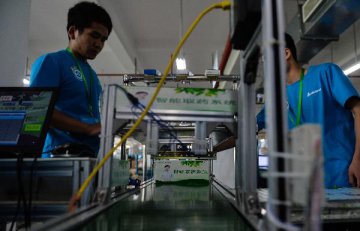

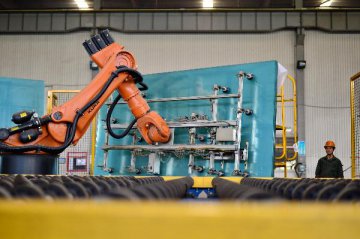
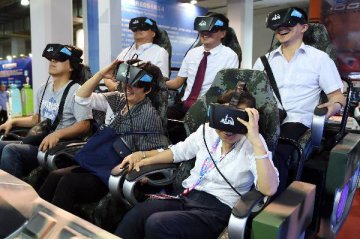
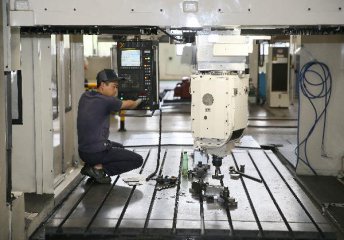
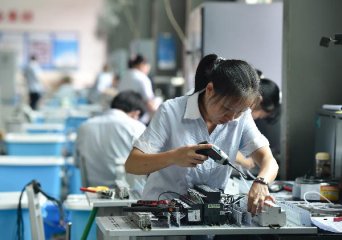


Latest comments